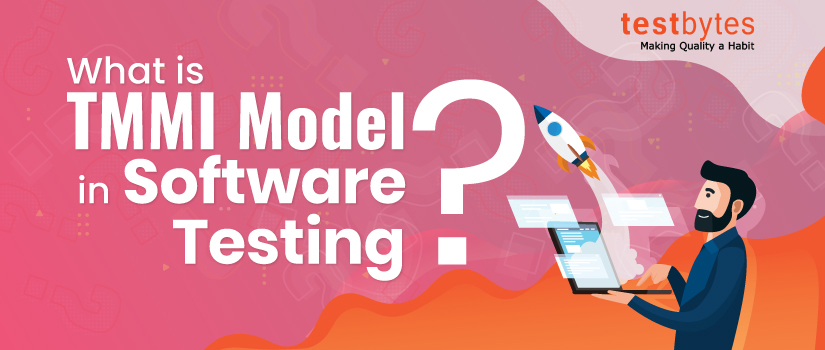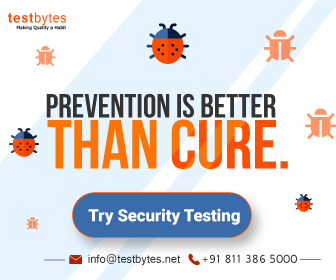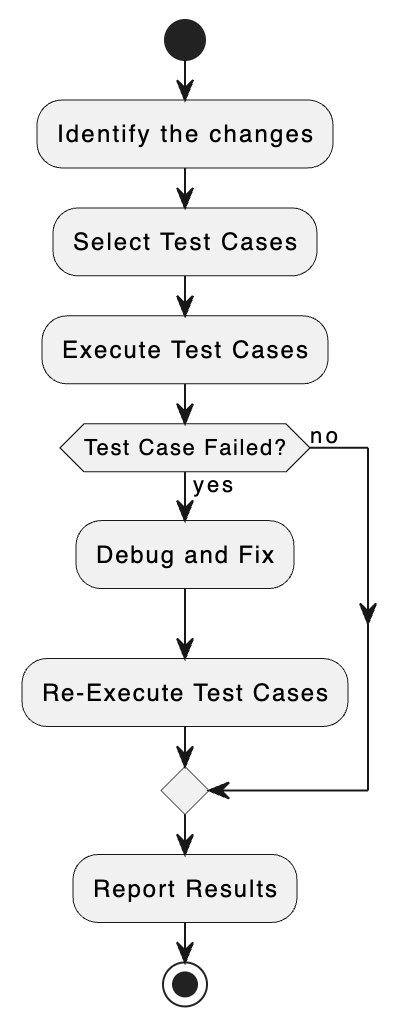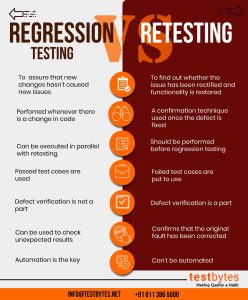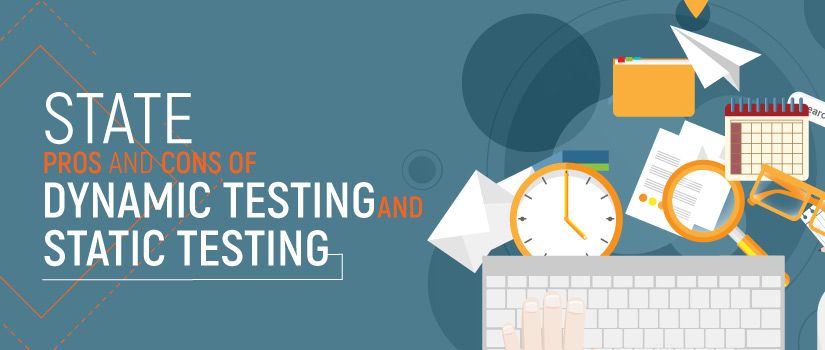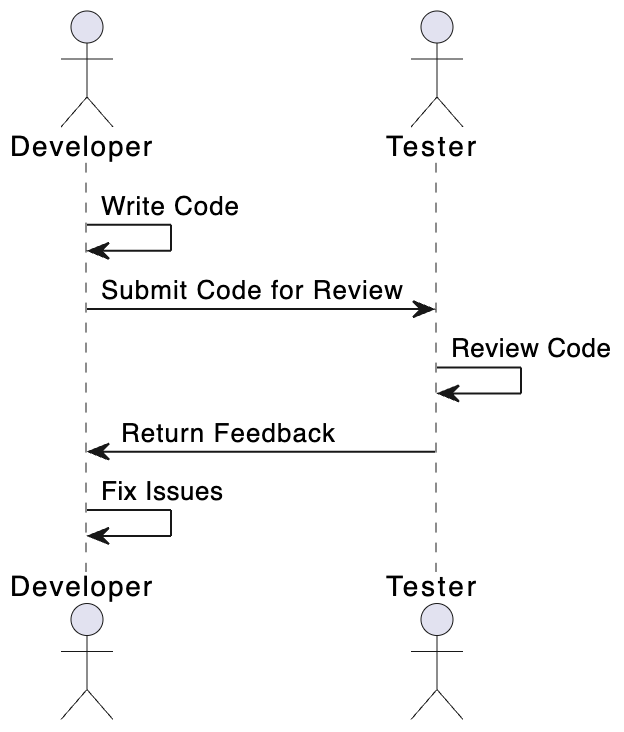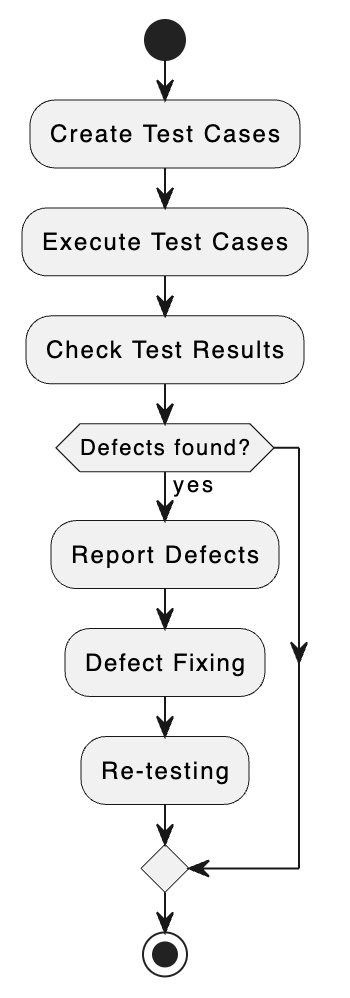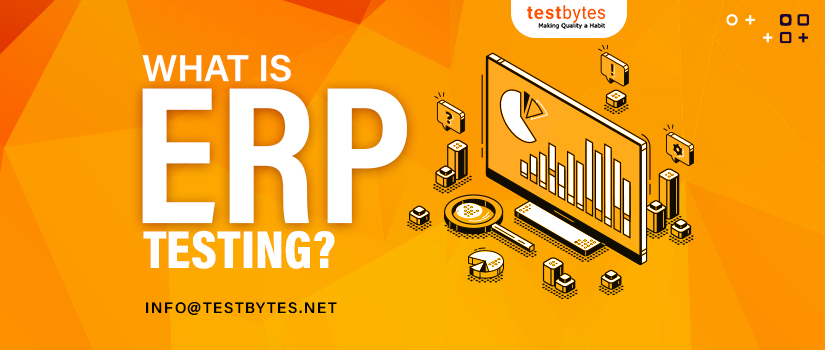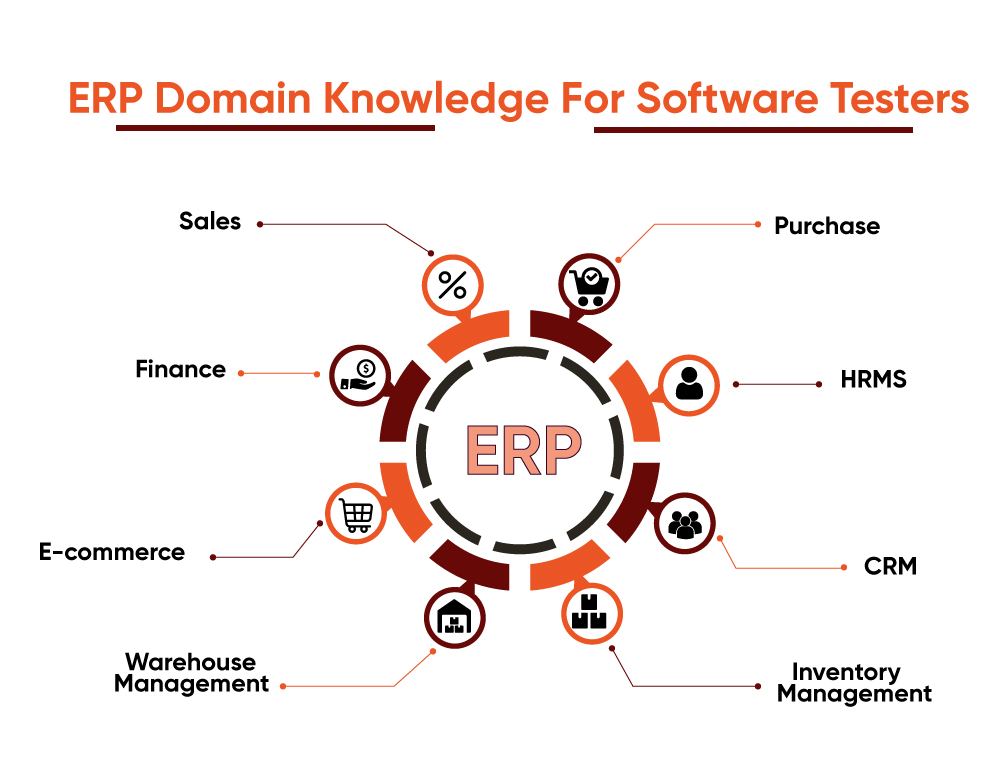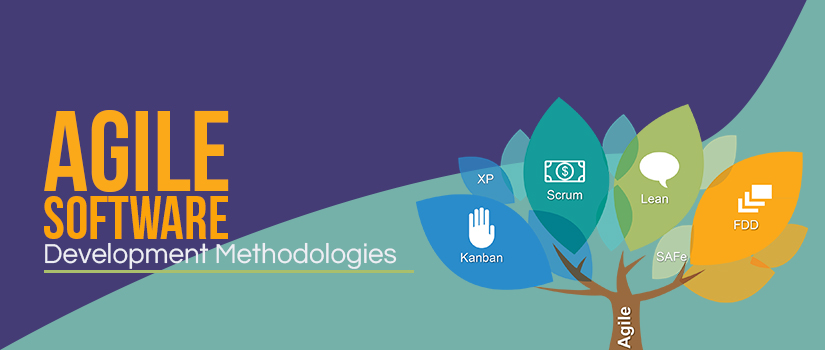Test Maturity Model Integration (TMMI) is a structured framework that outlines a set of guidelines and criteria for evaluating and improving the maturity of software testing processes.
It provides organizations with a clear roadmap to enhance their testing capabilities systematically, aligning with best practices and industry standards.
TMMI plays a crucial role in the software testing industry by offering a standardized approach to assess and elevate the quality of testing practices. It helps organizations identify weaknesses in their current processes, fosters continuous improvement, and ensures that testing activities effectively support software development goals.
Adherence to TMMI can lead to higher-quality software, reduced time-to-market, and better alignment between testing and business objectives.
This blog post aims to:
- Provide a comprehensive overview of the TMMI framework and its components.
- Highlight the benefits of implementing TMMI in an organization’s testing processes.
- Discuss the steps involved in achieving higher levels of test maturity according to TMM
What is Test Maturity Model Integration?
Test Maturity Model Integration (TMMi) is a framework designed to enhance and standardize software testing processes within organizations, thereby elevating their IT standards.
IT companies are increasingly adopting it to streamline their testing procedures and produce results that are more effective and efficient.
Here are the main components of TMMi, elaborated for better understanding:
- Process Area:
- These are distinct categories within TMMi, each focusing on specific test-related activities such as planning, design, and execution. They provide a structured approach to managing various aspects of the testing process.
- Maturity Levels:
- TMMi categorizes organizations into five maturity levels, ranging from Level 1 to Level 5. Each level represents a specific degree of process maturity and sophistication in software testing practices. As organizations move up the levels, they demonstrate a more refined and effective approach to testing.
- Capability Levels:
- For each process area, TMMi identifies specific capability levels. These levels help assess an organization’s proficiency in implementing test practices across different domains. This multi-level structure allows organizations to evaluate and enhance their testing capabilities systematically.
- Appraisal Method:
- TMMi provides a systematic method to assess and measure an organization’s test maturity and capability levels. This appraisal method is crucial for organizations to understand their current position and identify areas for improvement in their testing practices.
- Key Practices:
- For each process area and maturity level, TMMi outlines key practices. These are essential activities and guidelines that should be implemented to achieve the desired level of test maturity. They are benchmarks for organizations to follow and integrate into their testing workflows.
In essence, TMMi serves as a comprehensive guide for organizations aiming to achieve excellence in their software testing processes, ensuring that these processes are not only effective but also aligned with the overall goals of the organization.

Benefits of TMMI
Implementing TMMi in IT organizations has provided a range of benefits. Some of the notable advantages observed from various studies and surveys include:
- Enhanced Software Quality: One of the primary benefits of TMMi is the enhancement of software quality. By focusing on structured and efficient testing processes, organizations can significantly improve the quality of their software products.
- Increased Test Productivity: The adoption of TMMi practices has been associated with increased productivity in test processes. Organizations report being able to conduct more effective and efficient testing, leading to better utilization of resources.
- Reduction in Product Risks: Implementing TMMi helps reduce the risks associated with software products. By identifying and addressing potential problems early in the development cycle, it is possible to reduce the likelihood of serious flaws and failures.
- Cost and Time Savings: A key advantage of TMMi is the potential for cost and time savings. Structured testing processes can lead to more efficient use of resources and faster time-to-market for software products.
- Defect Prevention: TMMi emphasizes the importance of preventing defects rather than merely detecting them at a later stage. This approach helps make the testing process integral to every phase of the software development lifecycle, ensuring early identification and rectification of potential issues.
- Improved Customer Satisfaction: By delivering high-quality software that meets or exceeds customer expectations, organizations can see an improvement in customer satisfaction. This can lead to stronger customer relationships and an enhanced brand reputation.
- Accreditation and Worldwide Assessment: TMMi provides a framework for accreditation and enables worldwide assessment of testing processes. This international recognition can be beneficial for organizations looking to benchmark their practices against global standards.
Key Components of TMMi
To understand the Test Maturity Model Integration concept, it is essential to know its major components. These components provide the fundamental building blocks that formulate the TMMi framework and offer crucial guidelines to improve the testing maturity of any organization.
The main components of TMMi include:
- Process Area: This element describes processes involving different test elements such as planning, design, execution, etc.
- Maturity Levels: TMMi classifies organizations into various maturity levels, from level 1 to level 5. These levels reflect varying degrees of maturity based on standard processes and ongoing improvement.
- Capability Levels: TMMI states capability levels for all process areas, allowing a comprehensive evaluation of the organization’s ability to implement test practices in various fields.
- Appraisal Method: TMMi offers an approach to evaluating and measuring the test maturity level and capability levels in the organization.
- Key Practices: TMMi defines important practices for each process area and maturity level, indicating the main activities to be implemented in the organization’s testing.
Background and History of TMMi
A. Historical Background of TMMI:
The concept of Test Maturity Model Integration (TMMI) emerged as a response to the growing need for structured and effective testing methodologies in the software industry. Its roots can be traced back to the early 2000s, a period marked by rapid technological advancements and an increased emphasis on software quality.
TMMI was developed to provide a comprehensive framework that specifically addressed the challenges and complexities of software testing, distinct from broader models focused on software development.
B. The Evolution from Earlier Models to TMMI:
Before TMMI, the most prominent model for assessing and improving software processes was the Capability Maturity Model (CMM) and later its successor, the Capability Maturity Model Integration (CMMI).
While these models included aspects of software testing, they did not fully address the unique needs and challenges of the testing process. Recognizing this gap, experts in the field began to develop a model dedicated exclusively to testing.
TMMI was thus formulated, drawing inspiration from the structure and success of CMM/CMMI but tailored specifically to elevate the practice of software testing.
C. Key Contributors and Organizations Involved in TMMI Development:
The development of TMMI was a collaborative effort involving numerous software testing professionals and organizations. Key among these was the TMMI Foundation, a non-profit organization dedicated to the development and promotion of the TMMI framework.
This foundation played a central role in refining the model, ensuring its relevance and applicability to modern software testing practices. Additionally, input from various industry experts, academic researchers, and software organizations contributed to the evolution of TMMI, making it a comprehensive and globally recognized standard in software testing.
Core Principles of TMMI
Test Maturity Model Integration (TMMI) is a structured framework designed for evaluating and improving the test processes in software development. It provides a detailed roadmap for organizations to assess and enhance the maturity of their testing practices systematically. TMMI is structured around specific levels and process areas, focusing exclusively on testing activities and offering a step-by-step approach to elevate testing processes.
The core principles of TMMI revolve around the continuous improvement of testing processes, aiming for a higher quality and efficiency in software development. The main objectives include:
- Establishing a structured and standardized approach to testing processes.
- Promoting a culture of continuous improvement in testing activities.
- Aligning testing processes with business needs and objectives.
- Providing a clear and measurable path for testing process maturity.
- Enhancing communication and collaboration within testing teams and with other stakeholders. TMMI aims to foster effective, efficient, and high-quality testing practices, leading to the overall improvement of software quality.
TMMI Levels of Maturity
TMMI consists of five maturity levels, each representing a different stage in the development and sophistication of an organization’s testing processes. These levels are hierarchical, with each level building upon the practices and processes established in the previous one.
Key Characteristics and Goals of Each Level:
Level 1 – Initial:
Characteristics: At this level, testing processes are ad hoc and unstructured. There is a lack of formalized testing practices, and processes are often reactive.
Goal: The primary goal is to recognize the need for structured testing processes and to begin establishing basic testing practices.
Level 2 – Managed
Characteristics: Testing processes are planned and executed based on project requirements. Basic testing techniques and methods are in place.
Goal: To establish management control over the testing processes and ensure that testing is aligned with the defined requirements.
Level 3 – Defined:
Characteristics: Testing processes are documented, standardized, and integrated into the software lifecycle. There is a clear understanding of testing objectives and methods across the organization.
Goal: To define and institutionalize standardized testing processes organization-wide.
Level 4 – Measured:
Characteristics: Testing processes are quantitatively managed. Metrics are used to measure and control the quality of the software and the efficiency of the testing processes.
Goal: To use metrics to evaluate the effectiveness and efficiency of the testing processes objectively and to improve these processes continuously.
Level 5 – Optimization:
Characteristics: Focus on continuous process improvement through innovative technologies and advanced testing methods. Testing processes are optimized and fully integrated into the organization’s business goals.
Goal: To optimize and fine-tune testing processes through continuous improvement, innovation, and proactive defect prevention.
The Progression Path Through the Levels:
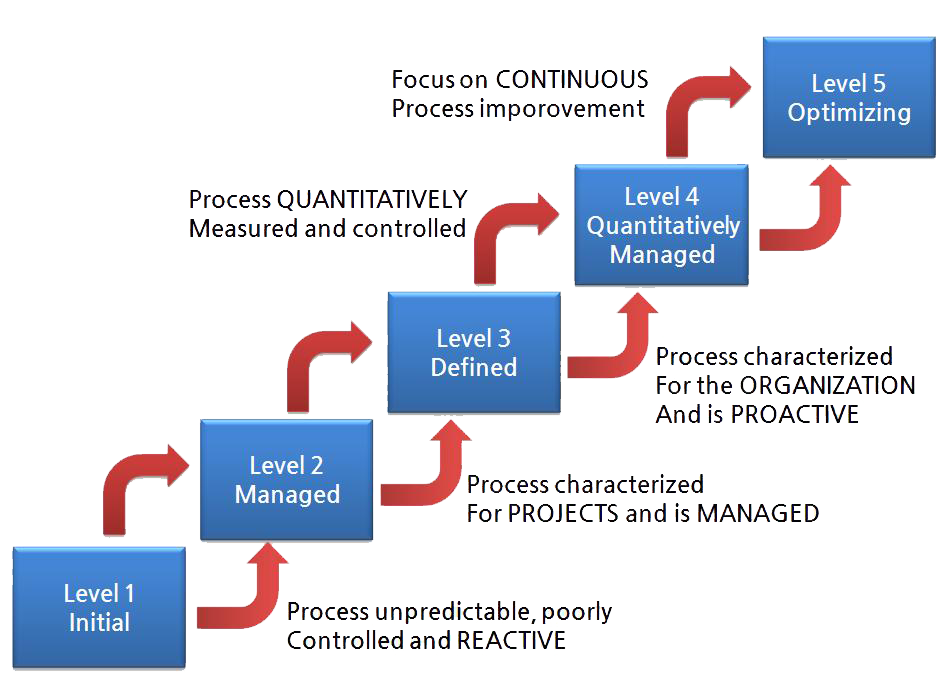
Progressing through the TMMI levels involves:
Assessment and Planning: Organizations start by assessing their current testing processes against TMMI criteria and identifying areas for improvement.
Implementation of Practices: Based on the assessment, organizations implement the necessary practices and processes for each level, starting from basic testing procedures at Level 1 to more advanced and integrated processes at higher levels.
Evaluation and Measurement: After implementing the practices, organizations evaluate their effectiveness and measure their impact on software quality.
Continuous Improvement: As organizations progress, they focus on continuous improvement, refining and enhancing their testing processes and integrating new technologies and methods.
Institutionalization: The final goal is to institutionalize these processes, making them an integral part of the organization’s culture and operational framework.
Implementing TMMI in Organizations
Charting the Course: Adopting TMMI in Software Testing
- Assess and Align: Conduct a GAP analysis to pinpoint strengths and areas for improvement based on your current testing practices and TMMI maturity levels.
- Set Sail with Strategy: Define clear goals and objectives for your TMMI journey, considering your organizational strategy and resources.
- Assemble the Crew: Build a dedicated team with champions, stakeholders, and experts to spearhead the implementation and provide ongoing support.
- Raise the Sails, Stage by Stage: Prioritize and implement TMMI practices in a phased approach, starting with foundational areas like Test Policy and Strategy.
- Continuous Improvement: Monitor progress, measure success, and refine your approach through ongoing assessments and feedback loops.
Challenges and Solutions
- Change Management: Addressing resistance to change and fostering a culture of quality within the organization.
- Resource Constraints: Securing budget, personnel, and training resources for effective TMMI implementation.
- Tool Integration: Choosing and integrating testing tools that align with the adopted TMMI practices.
- Metrics and Measurement: Establishing clear metrics to track progress and demonstrate the value of TMMI initiatives.
- Long-Term Commitment: Sustaining momentum and continuous improvement beyond the initial implementation phase.
Success Story: TMMI Implementation Case Study
For an insightful case study on the successful implementation of Test Maturity Model Integration (TMMI), the BHP Billiton case is a notable example.
BHP Billiton, a leading global resources company, engaged Planit for a TMMi Assessment to identify its testing maturity and systematically implement improvements. The assessment revealed several challenges, including conflicts in processes and definitions, which resulted in unnecessary costs and risks.
The solution involved simplifying test delivery, providing a common framework, leveraging tools for automation, and ensuring test coverage was fit for purpose. This led to significant improvements in testing capability, risk management, communication throughout the SDLC, and a reduction in post-production support. T
The outcome was a more efficient and effective Testing Center of Excellence, highlighting the benefits of a TMMi implementation in streamlining testing processes and improving software quality.
TMMI Assessment and Certification
The TMMI assessment and certification process is a structured approach to evaluate and enhance an organization’s testing maturity:
Process of TMMI Assessment:
Organizations undergo a comprehensive review of their testing processes against the TMMI framework. This includes evaluating test planning, execution, management, and improvement practices.
The assessment identifies strengths and areas for improvement, aligning with the five maturity levels of TMMI.
Obtaining TMMI Certification:
After a successful assessment, organizations can apply for TMMI certification. This involves submitting evidence of their compliance with TMMI criteria and processes to a recognized TMMI assessment body.
Once the compliance is verified and approved, the organization is awarded TMMI certification, signifying their testing process maturity.
Maintaining and Improving TMMI Maturity Levels:
Post-certification, organizations should focus on continuous improvement of their testing processes. This involves regular reviews, updates to testing practices, and training to align with evolving TMMI standards.
Periodic reassessment ensures that the organization not only maintains its TMMI maturity level but also strives for higher levels, reflecting ongoing improvement in testing processes.
This process ensures that organizations not only meet the current standards of testing quality but are also geared towards continual improvement and adaptation to new challenges in the field of software testing. For more detailed information, you can refer to the official TMMI website, TMMi Foundation.
TMMI and Agile Methodology
At first glance, TMMi, with its structured approach to test process improvement, and Agile, with its fast-paced, iterative cycles, seem like mismatched dance partners. But watch them on the floor, and you’ll witness a graceful tango of quality and agility.
TMMi sets the rules; Agile calls the steps: TMMi provides a framework for building reliable testing practices, while Agile empowers teams to adapt and respond to changing needs. By weaving TMMi practices into Agile sprints, like early test planning and risk-based testing, teams ensure quality stays in rhythm without sacrificing speed.
Automation: Tools and frameworks, synchronized with Agile cycles, handle repetitive testing, freeing testers to explore further and delve deeper. This collaborative dance between automation and human expertise delivers a flawless performance.
Feedback: Continuous feedback loops, embedded within Agile ceremonies, become the conductor, ensuring everyone stays in tune. Metrics and adjustments made on the fly keep the quality-agility tango smooth and thriving.
The result? Software that shines on stage is free of defects and delivered at lightning speed. It’s a win-win for both audiences: satisfied customers and empowered teams.
Conclusion
In conclusion, TMMI (Test Maturity Model Integration) stands as a pivotal framework in the realm of software testing, providing a structured pathway for organizations to enhance their testing processes and methodologies.
Its comprehensive approach, characterized by distinct process areas, maturity levels, capability levels, appraisal methods, and key practices, offers a clear blueprint for achieving testing excellence.
By adhering to TMMI’s guidelines, organizations can systematically improve the quality, efficiency, and effectiveness of their software testing efforts. This not only leads to higher-quality software products but also aligns testing processes with strategic business objectives.
As the landscape of software development continues to evolve, TMMI remains an invaluable asset for organizations seeking to adapt, excel, and maintain a competitive edge in the ever-changing world of technology.
